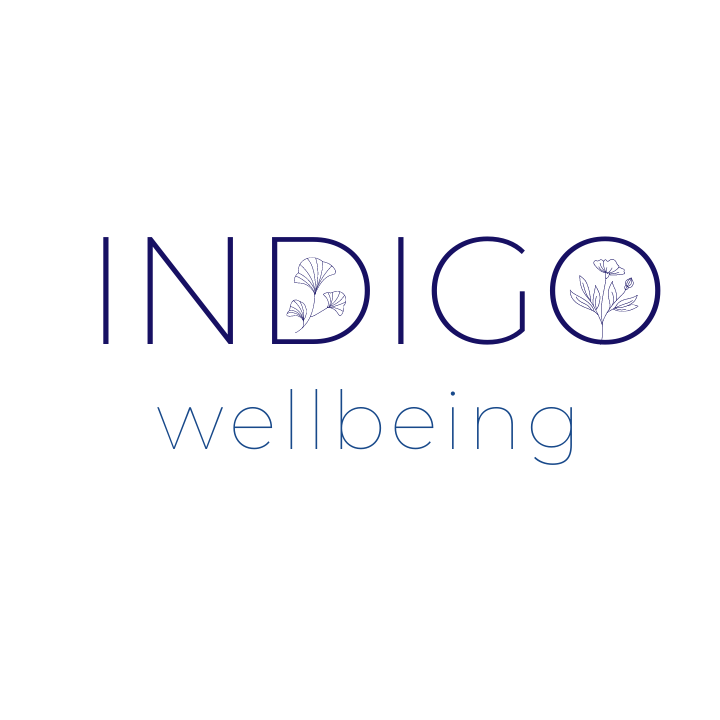Natural Remedies for Hay Fever
With the long and cold winter almost behind us, Spring is finally in full bloom and for many of us this marks the start of the hay fever season.
The NHS estimates around 10 million people currently suffer symptoms of hay fever.
Hay fever is caused by an allergic reaction to pollens (especially wind-born pollens from grasses, weeds and trees) as well as moulds, animal fur and house dust.
Pollen and other 'allergens', irritate the lining of the sensitive nasal passages, inflaming them, causing them to secrete fluids which can cause sneezing and a runny or blocked nose. They can also cause other allergic conditions like watery eyes, itchiness and asthma.
Seasonal hay fever, that occurs at certain times of the year, is more likely to be due to wind-born grass/weed/tree pollens.
Perennial (year-round) hay fever, or allergic rhinitis, is more likely to be caused by an allergy to animal dander, dust mites, mould, mites or feathers.
Pollen - Are plants stressed too?
More than 200,000 known plant species, are capable of inducing pollen allergy in susceptible individuals. Air temperature, sunlight, rainfall and air pollution affect pollen production by the plant. Most of the allergens in pollen are defence proteins produced by plants when they are under stress. Plants are making more pollen, and pollen that is more allergenic.
Identifying and reducing exposure to allergens as much as possible is an important part of reducing symptom severity.
Natural treatment of hay fever acts to reduce histamine levels, improve mucus membrane resistance and reduce inflammation.
Nutritional therapy for hay fever
Eating fresh fruit, vegetables and unprocessed grains and legumes should be priority. Swapping packaged and pre-prepared foods for fresh foods is the best way to reduce inflammation and boost immunity. Eat foods rich in natural antihistamines and these important nutrients for immune health:
Quercetin
Quercetin is an antioxidant from the flavonoid group found naturally in onions, broccoli, and certain types of tea. It is known to have anti-allergic benefits that include lowering inflammation and reducing histamine release from your cells.
Vitamin C
Vitamin C is a well-known nutrient with strong antioxidant properties. Besides boosting the immune system and reducing oxidative stress, vitamin C is also required to produce diamine oxidase (DAO)—the enzyme responsible for breaking down histamine in the body.
Vitamin C rich foods include Citrus fruits, Blueberries, Papaya, Watermelon, Broccoli and Mango.
A daily 2g dose of vitamin C has been shown to successfully reduce histamine levels by 38%.
Omega 3
Omega 3 fatty acids have potent natural anti-inflammatory effects. Salmon, tuna, mackerel and herring are all good sources of Omega 3.
Vegan sources of alpha-linolenic acid (ALA) which is converted to EPA and DHA (Omega 3) are chia seeds, Brussels sprouts, hemp seeds, walnuts and flaxseeds.
Probiotics
Probiotics are essential for immune system health in children or adults with established allergies. Probiotics may have a beneficial effect in allergic rhinitis by reducing symptom severity and medication use. Healthy gut flora is essential for a strong immune system.
Herbal Teas
Nettle and Elderflower are two plants commonly used by herbalists for hay fever. Stinging nettle leaf is a natural herb that has significant anti-inflammatory and antihistamine properties. This potent ingredient has many benefits for people with seasonal allergies. Elderflower has antibacterial and antiviral properties and may also help alleviate some allergies and boost the functioning of the immune system.
Both are readily available as teas or for a more potent treatment can be prescribed as herbal tinctures by a Naturopath or Herbalist.
Lifestyle recommendations for hay fever
Ditch the washing line
Regularly wash your clothes and bedding. Avoid line-drying clothes as the fabric traps the pollen in the fibres. Change your clothes and wash hair after being outside if pollens are an issue. Leave shoes outside.
Track the Pollen Count
Get fresh air - open windows and spend time outdoors on low pollen count days or days that are not windy. Stay indoors on windy days and high pollen count days.
You can keep track of pollen counts via websites such as The Met Office Pollen Forecast.
The key to using natural remedies for hay fever is to start early in the season before your symptoms are in full-force.
For personalised natural hay fever treatment, please consult your natural health practitioner.

